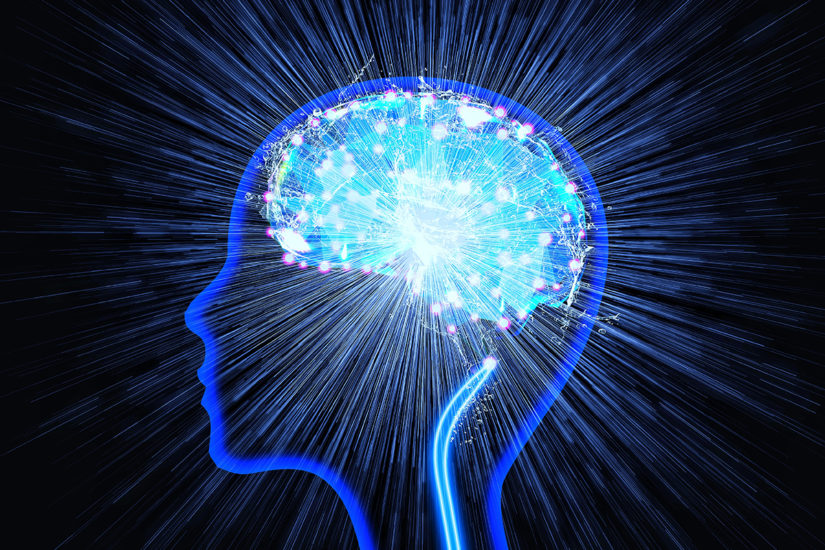10.17.2021
By uscbknpt
A Different Approach

USC researchers awarded $1.8-million grant to investigate whether transcranial magnetic stimulation (TMS) could reduce pelvic floor pain.
ASSOCIATE PROFESSOR OF BIOKINESIOLOGY AND PHYSICAL THERAPY JASON KUTCH and Professor of the Departments of Urology and Obstetrics and Gynecology at the Keck School of Medicine Larissa Rodriguez have been awarded an R01 grant from the National Institute of Diabetes and Digestive and Kidney Diseases to follow up on research into how a certain area of the brain might be responsible for interstitial cystitis/bladder pain syndrome (IC/BPS), a common chronic and debilitating condition in women.
“Interstitial cystitis is a chronic pain condition that severely affects the lives of women who suffer from the condition,” said Rodriguez, a principal investigator for the study. “The pain and urinary symptoms can be so severe that it can affect a patient’s ability to work, affect what they can and cannot do on a daily basis, what they can eat and their personal relationships. Unfortunately, there are few effective treatments and no cure, and many patients suffer in silence from daily symptoms.”
In their previous study, the research team compared the brain function of women with IC/BPS to healthy women, discovering that women with IC/BPS have altered resting activity in a part of their brain shown to control pelvic floor muscle activity.
In this new study, titled “Motor cortical neuromodulation in women with interstitial cystitis/bladder pain syndrome: Reducing pain by improving brain and muscle activity,” the researchers aim to determine if it is possible to reduce pain by improving brain and pelvic muscle activity, using non-invasive repetitive transcranial magnetic stimulation (TMS).
“TMS has become an important treatment approach in patients with depression and is even able to produce sustained remission in some patients. But TMS has not been as extensively studied in patients with chronic pain,” said Kutch, a principal investigator on the study. “We hope that this study can tell us if TMS can be tailored to reduce pain in patients with IC/BPS, so that it can help improve the lives of patients with this challenging condition.”
The Set-Up
For the study, the researchers will recruit 75 women with IC/BPS, randomly dividing the women into three groups — one group will receive high-frequency TMS, the second group will receive low-frequency TMS, and the third group will serve as the control group.
The researchers have three aims for this study:
- Reduce pain.
- Improve resting brain activity and resting pelvic-floor muscle electromyographic activity in IC/BPS.
- Link pain reductions to improvements in resting brain and pelvic floor activity to develop a detailed mathematical model of IC/BPS symptoms.
Research participants will undergo five consecutive days of TMS, with researchers comparing both short-term outcome measures as well as longer-term outcome measures (three weeks after the cessation of the stimulation).
“This new approach and therapy have great potential to positively affect the lives of women who suffer from this condition” Rodriguez said.

